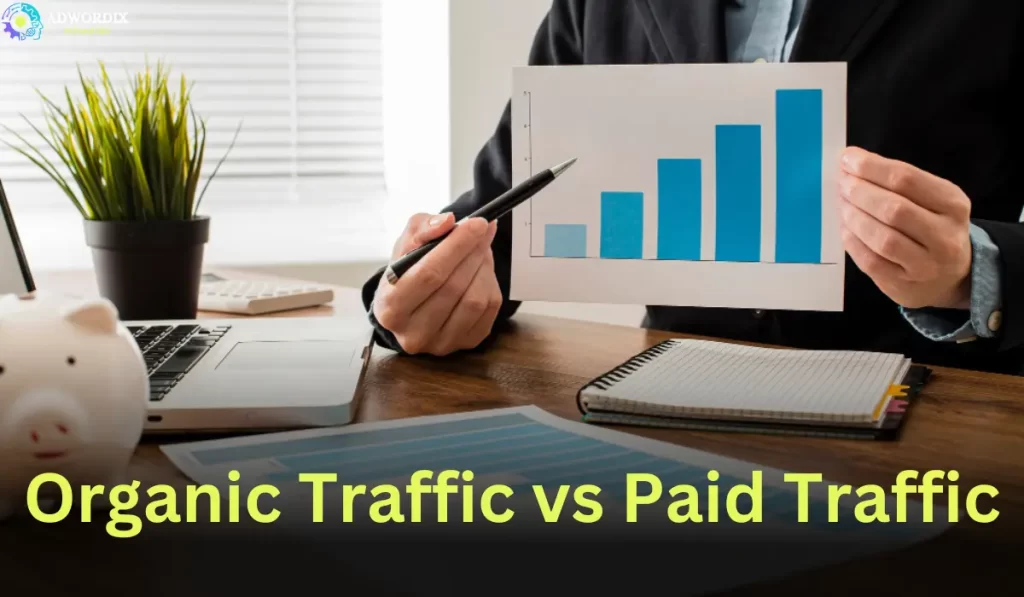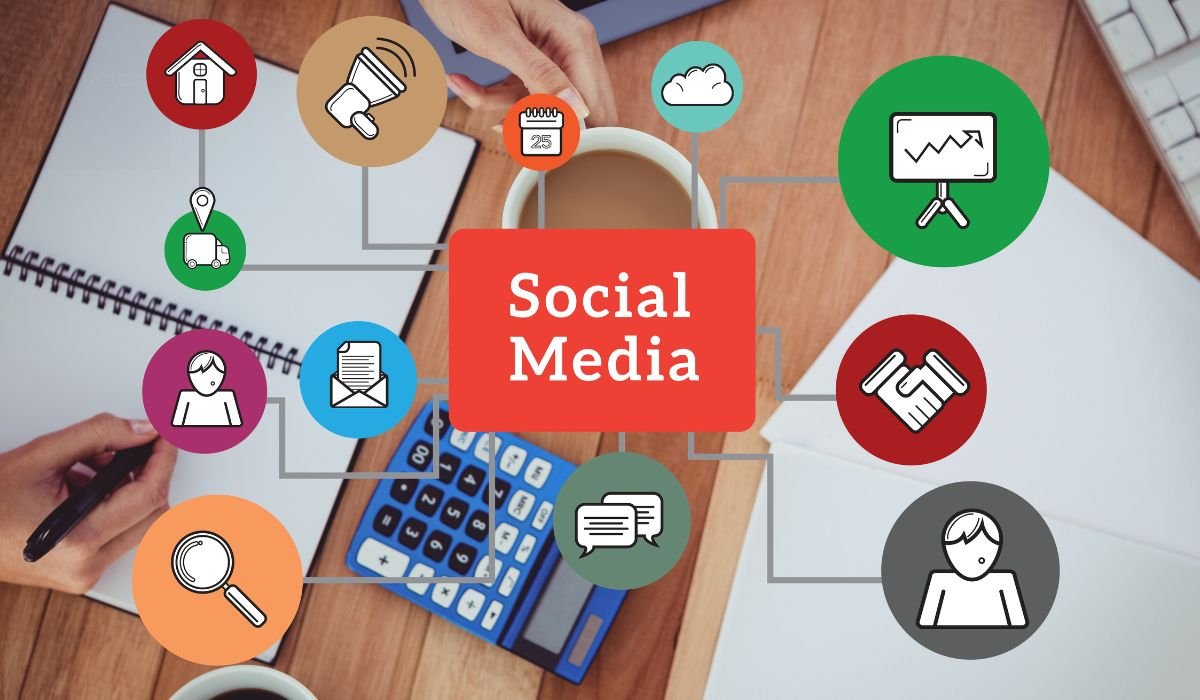In today’s digital world, getting more visitors to your website is the key to growing your business online. But not all website traffic is the same. There are two main ways to bring visitors to your site — organic traffic and paid traffic.
In this blog, we’ll help you clearly understand the difference between the two, when to use each one, and how they can work together to improve your online presence.
What Is Organic Traffic?
Organic traffic means people visit your website by clicking on free listings in search engine results, not paid ads. This happens when people search for something on Google or Bing and click on your website link that appears in the results.
How Organic Traffic Works
- You create helpful blog posts, videos, and product pages.
- Search engines scan your site and rank your pages.
- People find your content through those search engine listings.
Pros of Organic Traffic
- No direct cost per click or visit.
- Lasting results: Effective SEO can keep bringing visitors to your website for a long time.
- Higher trust: People usually rely more on organic search results than on paid advertisements.
Explore our SEO services to grow your organic traffic and build a strong online presence that lasts.
Cons of Organic Traffic
- Results take time (usually 3–6 months).
- Requires consistent effort and content creation.
- SEO algorithms can change, which may affect rankings.
What Is Paid Traffic?
Paid traffic means you pay to bring people to your website. These visitors click on your ads, which may appear on Google, YouTube, Facebook, Instagram, or display banners on other websites.
How Paid Traffic Works
- You set up an advertising campaign.
- Choose your audience based on age, location, interests, etc.
- Pay for each click, impression, or action depending on the platform.
Pros of Paid Traffic
- Fast results: You can start seeing visitors immediately.
- Precise targeting: Ads can be shown only to your target audience.
- Performance tracking: You can see what’s working and adjust quickly.
Learn more about PPC management
Cons of Paid Traffic
- It can get costly, especially with competition.
- Traffic drops instantly if you stop the ads.
- It may not build long-term brand trust.
Key Differences Between Organic and Paid Traffic
Feature | Organic Traffic | Paid Traffic |
Cost | Free, but needs effort | Pay-per-click (PPC) |
Speed | Slower, long-term | Instant traffic |
Trust | High (users prefer organic) | Lower (shows as “Ad”) |
Results Duration | Long-lasting | Stops when ads stop |
Best Use | Long-term growth | Short-term promotions |
Read more about: how to increase website traffic organically
Which One Should You Choose for Your Business?
Use Organic If
- You’re building a long-term online presence.
- You want sustainable and cost-effective growth.
- You have time to invest in content and SEO.
Use Paid If
- You need quick traffic and leads.
- You’re launching a new product or offer.
- You want to boost holiday or event sales.
Use Both Together
The best strategy is to use a mix of both. Organic traffic builds your brand and authority over time, while paid traffic gives you quick wins and extra visibility.
Want to learn more about the benefits of being online? Read about 5 Reasons Why Digital Marketing Is Important and see how it can transform your business.
How to Get Started
Growing Organic Traffic
- Research keywords your audience is searching for.
- Create helpful and original blog content.
- Use on-page SEO: titles, internal links, images, and mobile-friendly design.
- Learn about different types of SEO
Starting Paid Traffic Campaigns
- Choose platforms like Google Ads or Meta Ads.
- Define your goals: clicks, conversions, or brand awareness.
- Write simple and clear ad copy.
- Monitor performance and adjust.
Traffic Growth Over Time
- Paid traffic spikes early but may fall when ads stop.
- Organic traffic starts slower but grows steadily over time.
This is why a combined strategy offers both speed and sustainability.
Conclusion
To optimise your online presence, it’s important to understand both organic traffic and paid traffic. Organic brings in trust and long-term value, while paid gives fast results and better control.
The smartest approach is to use a mix based on your goals and budget. Start with strong SEO and grow your reach with search engine marketing strategies like Google Ads or display campaigns. Add paid campaigns when you want to boost traffic quickly. Over time, this combination will give your brand both visibility and authority in your industry.
Frequently Asked Questions
There is no one-size-fits-all answer. Organic traffic is better for long-term results and brand trust. It doesn’t require payment for each visit and helps you build authority over time. Paid traffic, on the other hand, gives quick exposure and instant clicks. If you’re running a campaign or launching a product, paid ads work great.
In most cases, you may start seeing results in 3 to 6 months. But this depends on your industry, content quality, competition, and how well your website is optimised. Patience and consistency are key. The more useful your content is to users, the better it will perform.
Yes, Google Ads can be worth it if your goals are clear and your campaign is well managed. It’s perfect for lead generation, special promotions, or getting traffic to a brand-new site. Just ensure your landing page is optimised so that your money brings in results. Test and monitor regularly.
Absolutely! This is called a hybrid traffic strategy. Paid ads give you quick wins, while SEO builds strength over time. Many successful businesses use paid ads for high-competition keywords and use SEO for blog and support content. It’s smart and balanced.
Paid traffic often has higher conversion rates because it is targeted and timely. You’re choosing who sees your ad. But organic traffic converts well over time as it brings in users who trust your content. Also, organic leads tend to return to your site again, increasing their value.





